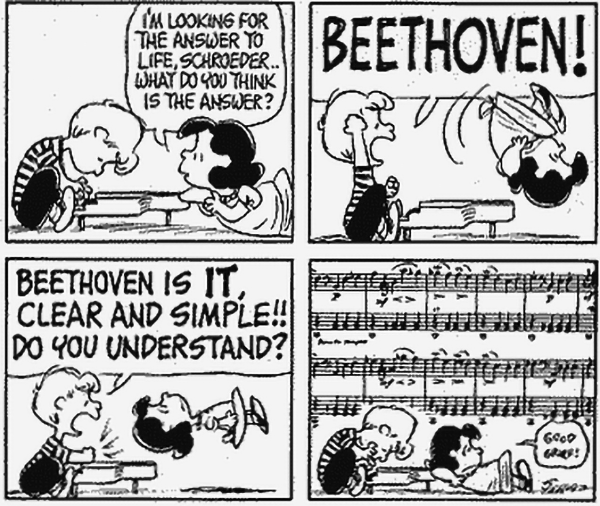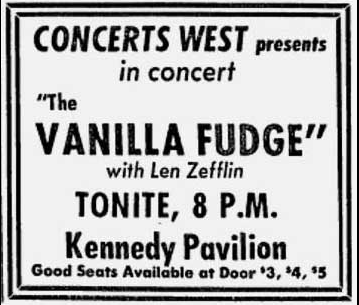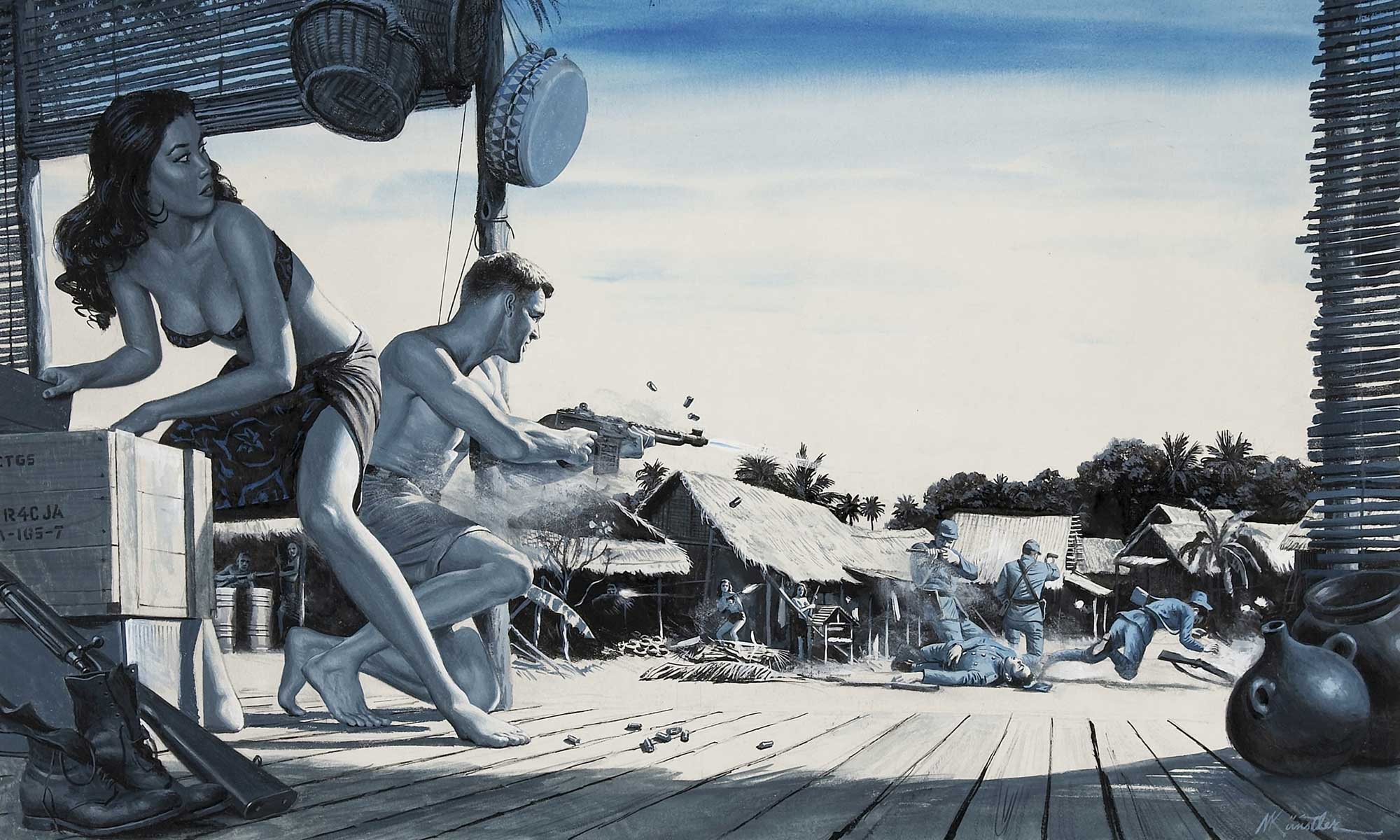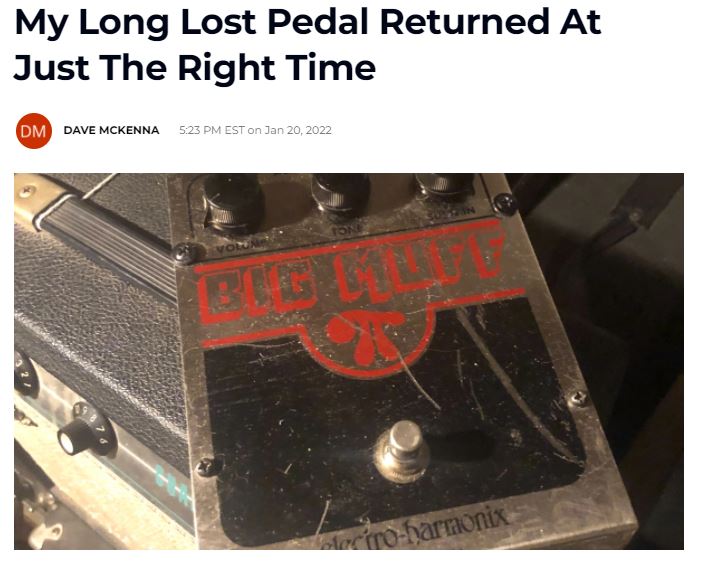I See Your Guitar Lesson & Raise You A Bass
Viva Schroeder


I read Peanuts over and over as a youngster. Our discussion of “Well-Tempered Clavier” triggered an old panel in my head. I couldn’t find it, of course, but seem to remember Schroeder’s involvement. It was a good springboard to look up his outstanding output.
I’m sure the classically-trained bastard among us can identify Schroeder’s enthusiastic tunes by a single measure.
The Soprano
Samuel Mariño is a rarity in opera: a true male soprano.
Rather than relying on falsetto as a countertenor would, Mariño, 28, is able to comfortably sing high notes with his chest voice. Now he is branching out from Baroque parts originally written for castrati.
“The teachers were trying to treat me as a countertenor. I had to sing lower when I could sing much higher. Being a countertenor is an established thing, and they were trying to put me into that box. Then, in 2017, I met Barbara Bonney. A friend told me that I sing very much like her. I wrote to her and said: “Hi. I’m Samuel and I want to take lessons with you.” I went to Salzburg, Austria, and Barbara was like a fairy godmother. She told me to sing how I speak, to just put notes to my speaking voice. And that is what I do today.”
Your new album starts with a famous Mozart aria written for a woman who is playing a man. What do you bring to the role as a male singer?
“My voice is a light lyric soprano, with a bit of coloratura. In the score, Cherubino is a soprano role, but today it’s for mezzo-sopranos and their male-ish colors. If you talk to any mezzo, they will tell you it’s very hard to sing Cherubino, because it’s quite high — not super high notes, but sitting all the time in a high tessitura. Cherubino is a young teenager, and I do him as a boy who is innocent and confused. It’s a totally different vision of how the role can be sung.”
LOL Rock
Dolly/Carly/Lionel yes, but Devo, MC5, Eurhythmics, Judas Priest hell no.
Viking Kittehs
In honor of Len Zefflin week, enjoy this gem from the early internets.
I think I liked the song better after finding this. I’m sure it’s what they pictured when they wrote it.
Len Zefflin II

This is the earliest known live concert recording of um, Len Zefflin, as they played Gonzaga University prior to their first album’s release. Young Monkeystador’s parents did not take him to this show. The venue was unheated for rock events, and this was a December concert. It was their fifth show in the U.S., and they used propane heaters to keep themselves warm before going on.
Still One Of The Funniest Things I’ve Ever Seen
As usual, I rely on Wikipedia to fill in the gaps …
Korgoth of Barbaria is a pilot episode for what was originally planned as an American adult animated television series created by Aaron Springer, a storyboard artist, writer and director for Dexter’s Laboratory, The Grim Adventures of Billy & Mandy, Samurai Jack, and SpongeBob SquarePants, who previously created another failed pilot at Cartoon Network Studios called Periwinkle Around the World. He would later go on to produce Billy Dilley’s Super-Duper Subterranean Summer for Disney XD. Genndy Tartakovsky, creator of Dexter’s Laboratory and Samurai Jack, directed the animation for the pilot. This was not the only time he worked on a pilot created by Springer, as Tartakovsky also produced and directed Periwinkle Around the World.
It was first aired in the United States on June 3, 2006, at 12:30 AM (EST) on Adult Swim. On June 18, Adult Swim ran a bumper announcing that Korgoth of Barbaria was officially picked up as a series, because of its critical and commercial success with garnering high ratings. Later events, including a formal petition to revive the show and an Adult Swim bumper announcement mentioning its cancellation, indicate that it was dropped before production began due to high production costs.
Pedal Pusher
I think my meager collection includes a RAT, a chorus, and a wah-wah, and I have no idea where they are. It’s about all I deserve. This guy, though:
“The merits of a geezer with my inconsiderable musical skills owning even one Big Muff are debatable; more than one is indefensible. See, I have a problem. I quit drinking 35 years ago and began spending beer money on guitars and related toys, like amps and speakers and, worst of all, effects.
My guitarsenal now takes up so much space in my house that I “joke” that at this point I would have been better off had I just kept drinking. Pedal addiction is particularly evil because so-called stomp boxes take up so much less space than instruments or amps or speakers, and also because there’s so damn many different ones out there! I realized long ago that I have too many pedals, and also that I’ll never own enough. Now I’ve got suitcases and drawers and cardboard boxes full of them. I’ve also got a rack effects problem, a close cousin of pedal addiction. I spent last weekend in the basement wiring up a ridiculous arsenal of decades-old tube overdrives and multi-effect units in one big shelf. Push a few buttons, and this assemblage of rock electronics can turn “Kumbaya” into “Eruption.”
Effects aren’t for everybody. The Beatles, it should be noted, weren’t pedal pushers. Gearheads took to message boards to marvel about how in the new documentary about the band, Get Back, pedals get next to no play. Eagle-eyed nerds claim to have spotted a Fuzz Face, a box also stomped on in that era by Jimi Hendrix. But little else in the way of tone-enhancing implements could be spotted. (I haven’t watched much of Get Back yet, but of the scenes I’ve seen so far, nothing hit me harder than seeing John Lennon playing through an Ampeg B15 amplifier. I have two Ampeg B15s.) Then again, there weren’t that many pedals being sold in their day, and as the new doc shows these guys had sound technicians in lab coats walking around Abbey Road Studios, inventing sounds for them on request.
It has been reported, but not confirmed, that there are bassists and keyboardians amongst us. Do you people use effects pedals? Do you need a Rick Nielsen secret storage location to manage them?
Musician? II
The documentary we’ve all been craving is here.
Take it away, Norm!

